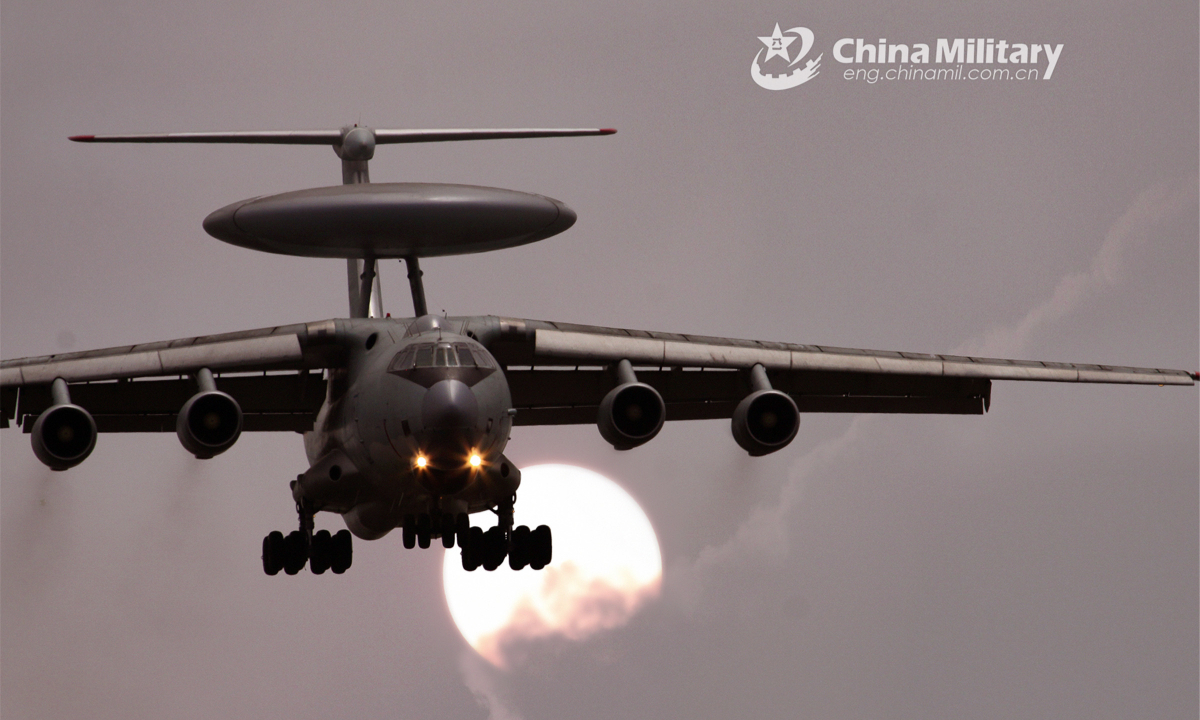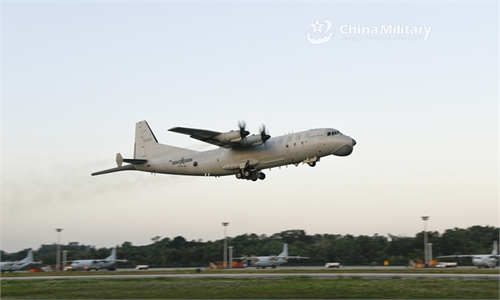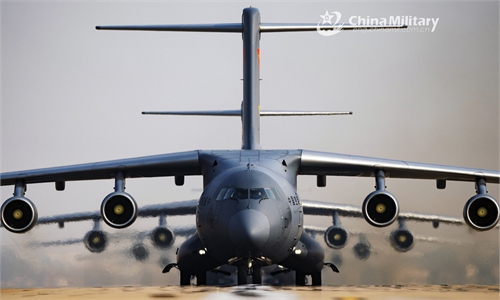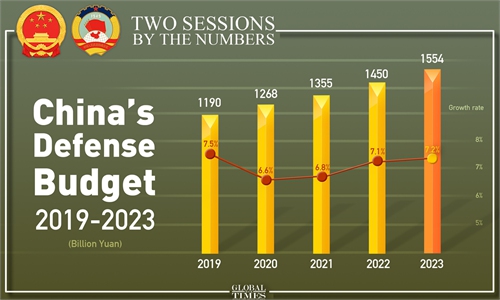Chinese people commemorate death of radar, early warning aircraft pioneer Wang Xiaomo, hailing his great contribution to nation

A KJ-2000 Airborne Early Warning (AEW) aircraft attached to the PLA Air Force heads back to the airport. Photo:China Military
Chinese public commemorated Wang Xiaomo, a renowned radar expert and the father of China’s early warning aircraft, who passed away on Monday in Beijing due to illness at the age of 84, hailing Wang’s outstanding contributions to the country.
Wang’s death was announced by state-owned China Electronics Technology Group Corporation (CETC) in a statement on Monday evening.
Born in Shanghai on November 12, 1938, Wang began his career at the No.14 Research Institute under the No.10 Research Academy of the Ministry of National Defense in Nanjing, East China’s Jiangsu Province after graduating from the radio engineering faculty of Beijing Institute of Technology in 1961.
In 1969, Wang was arranged to the remote mountains in Southwest China’s Guizhou Province to establish the No. 38 Research Institute. Despite the site being severely underdeveloped, creating challenges and hardship for Wang’s work, he successfully led his team and developed China’s first three-dimensional radar, the 383 radar, in 1984, which greatly enhanced China’s homeland air defense capabilities.
Led by Wang, the No. 38 Research Institute later developed radars including the JY-9 and the 384, which successfully explored the international market.
In 1992, Wang was appointed the head of the arms branch of the then-China Electronics Industry Corporation, which later became the CETC. At the age of 54, he started his work on early warning aircraft systems.
Despite foreign targeting and pressure, China independently developed the KJ-2000 and the KJ-200 early warning aircraft under Wang, who went on and developed the made-for-export ZDK03 early warning aircraft.
The KJ-2000 early warning aircraft is believed to be a generation more advanced than its US counterpart, the E-3C, thanks to the active phased array radar developed by Wang, a Chinese military expert told the Global Times on Tuesday, requesting anonymity.
China’s electronics and aviation industry then developed its next-generation early warning aircraft, the KJ-500, which integrated advanced radar technologies onto a smaller airframe. China now leads the US by two generations in terms of early warning aircraft technologies, the expert said.
The KJ-500 early warning aircraft can guide other platforms including the J-20 stealth fighter jet with its PL-15 beyond-visual-range air-to-air missile to hit targets very far away while maintaining stealth, and this combination is feared even by the US Air Force, according to a speech made by General Kenneth Wilsbach, Commander of US Pacific Air Forces, in March 2022.
Observers said that China’s domestically built Y-20 large transport aircraft is also a good platform that can be developed into a type of early warning aircraft.
In May 2022, Wang, 83, established an airborne technology lab, aiming at opportunities and challenges in the development of a network information system.
The airborne early warning aircraft and control system in the future will be a group of various types of aircraft, including unmanned vehicles, working in an integrated network, Zhang Shaofeng, deputy manager of Aviation Industry Corporation of China Shaanxi Aircraft Corporation, told the Global Times at the Airshow China 2021 held in Zhuhai, South China's Guangdong Province.
Throughout his life, Wang pushed forward China’s air defense radar technologies to an advanced level by global standards and established the country’s early warning aircraft systems, CETC said in the statement.
Wang’s death is a huge loss to China’s military electronics and national defense industry as well as to the country’s informationized airborne weaponry development, CETC remarked.
On Chinese social media, netizens remembered Wang as a “backbone of the country,” and wished him rest in peace.




